
Choosing the Right Waterproofing methods for Your Interior Walls

Create Your Dream Home With Our Painting Experts
Fill the form below to book a free site evaluation by Nerolac Nxtgen painting Services expert
Interior waterproofing is an essential part of any home's maintenance plan. Even if it's interior waterproofing basement walls, selecting the right waterproofing method for your particular situation is essential for protecting your home from water damage. In this article, we'll discuss different waterproofing methods and provide some tips on choosing the best waterproofing for interior walls.
By understanding all these factors, you can make sure that your interior wall paint remain dry and structurally sound long into the future. So, let's get started.
How to Waterproof the Interior Walls of Your Home?
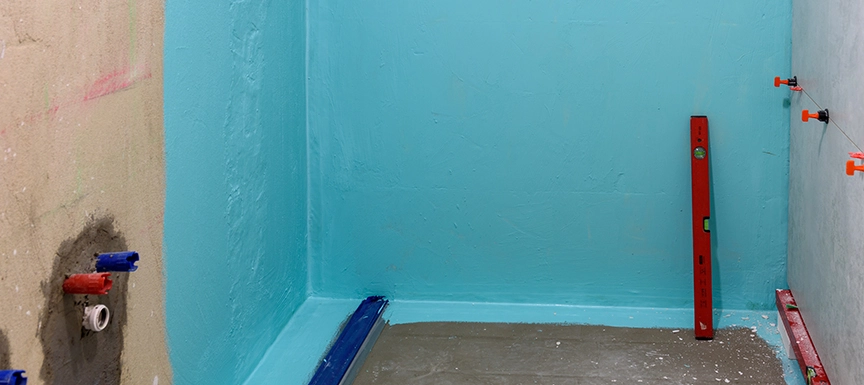
When waterproofing your interior walls, there are several factors to consider. Depending on the location of the wall and its intended use, waterproofing methods will vary. Here are the most common waterproofing methods homeowners use for their interior walls.
For waterproofing basement walls, an interior waterproof membrane is often used. This is a type of membrane that seals off water penetration in areas prone to high levels of moisture like basements or bathrooms. It also helps protect against mold and mildew growth and can be applied with paint or sealant.
For waterproofing basement walls, an interior waterproof membrane is often used. This is a type of membrane that seals off water penetration in areas prone to high levels of moisture like basements or bathrooms. It also helps protect against mold and mildew growth and can be applied with paint or sealant.
Another popular method of waterproofing for interior walls is using waterproof paints or sealants. Waterproof paints are made with a mixture of acrylic latex and other ingredients that act as a waterproof barrier. It is best used on concrete and cement walls in kitchens, bathrooms, and basements. Sealants are also effective waterproofing materials that can be applied to any type of interior wall surface.
If the waterproofing needs to be more extensive, a waterproofing membrane may be necessary for full waterproof coverage. This involves applying a waterproof plastic sheet over the entire wall surface and then installing a waterproof caulk or sealer around the edges to protect from water damage fully.
Also read: What is Paint Coverage?
Different Methods of Interior Wall Waterproofing
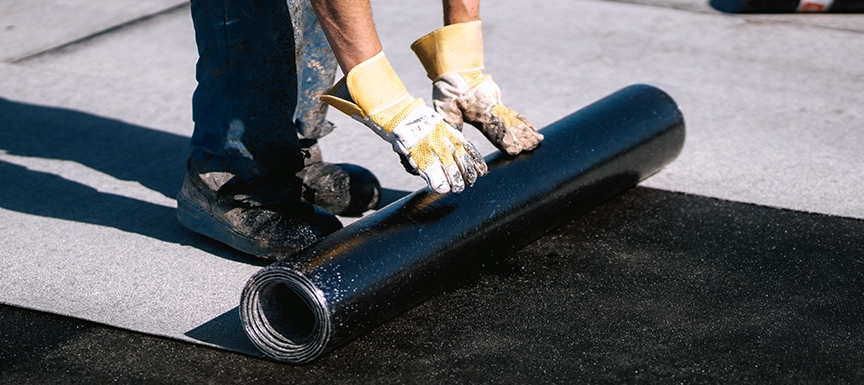
Interior walls are vulnerable to water damage, and proper waterproofing is essential for protecting your home from water damage. Mentioned below are the major interior wall waterproofing methods:
These are just some of the major methods for interior wall waterproofing. With the assistance of an experienced professional, you can ensure your walls are properly protected from water damage.
Which Products are Used in Interior Wall Waterproofing?
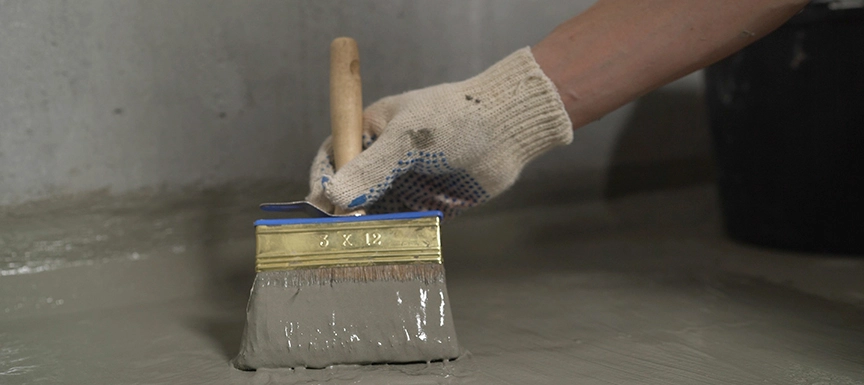
Interior wall waterproofing is an important part of any construction project, as it protects the walls from moisture and water damage. There are a variety of products available for interior wall waterproofing, including concrete sealers, liquid membranes, sheet membranes and elastomeric coatings.
Concrete sealers help to prevent water penetration into the surface and can be used in both new and existing concrete structures. These products come in a range of colours and finishes, so you can choose something that enhances the look of your space while still providing superior protection against water damage.
Liquid membranes are a two-part system consisting of a primer applied directly to the wall followed by an acrylic or epoxy coating that helps repel water and prevents moisture buildup. Sheet membranes are also a two-part system, but instead of liquid, the product consists of an impermeable sheet material that is applied onto the wall surface. This type of waterproofing is often used in bathrooms and other wet areas to provide superior protection against water damage.
Finally, elastomeric coatings are another popular option for interior walls. These products are formulated with flexible resins that stretch and flex with the changing temperatures and conditions of your home or building’s environment. Elastomeric coatings offer excellent protection against water damage while still maintaining breathability so that moisture can escape from within the walls.
No matter which product you choose for interior wall waterproofing, it is always important to ensure that it is properly applied in order to get maximum protection. Be sure to follow manufacturer instructions and use the right materials and tools for the job. With proper care, your walls will be safe from water damage for many years to come.
The Bottom Line
When it comes to interior wall waterproofing, there are a variety of methods that can be implemented depending on the structure and materials of your wall or room. It is important to consider the types of waterproofing available and choose the best one for you based on factors such as cost, ease of installation and overall effectiveness.
Ultimately, using the right waterproofing technique will help guarantee that your interior walls remain safe and dry no matter what conditions they are exposed to. With proper research and planning, you can ensure that your home is well-protected from any potential water damage.
Nerolac Paints, a leading paint company in India offers a wide range of wall paint colours & painting services & solutions for homes & offices.

Colour Combination for Walls: 10 Beautiful House Colour Combination Ideas
A Guide To Trending Colour Combinations For Walls With Images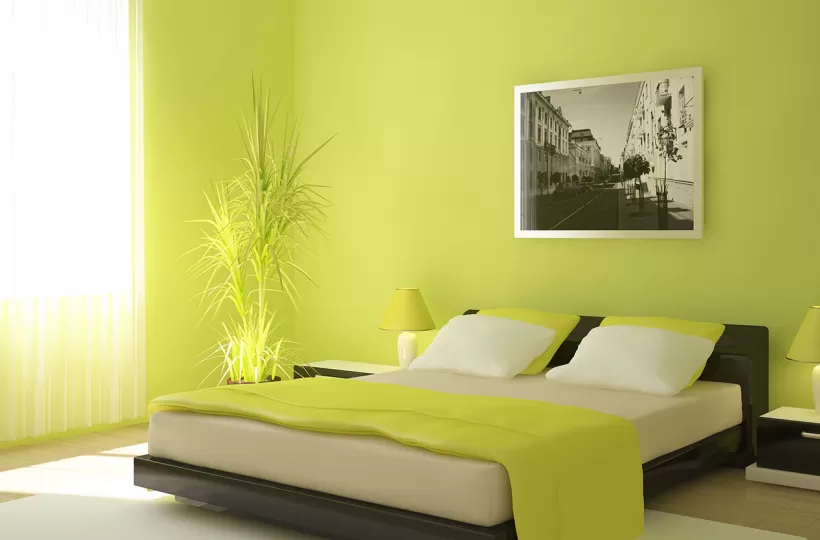
12 Stylish Green Colour Combinations and Photos
Green Colour Combinations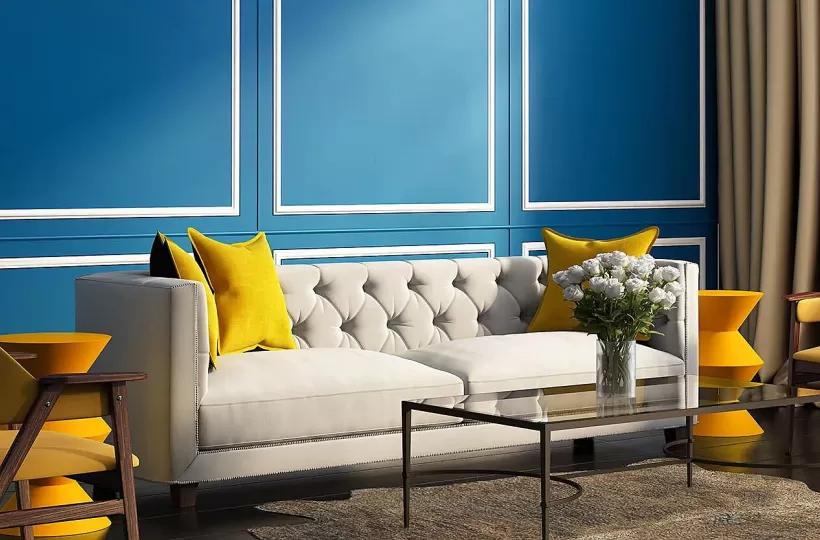
What Colours Match with Blue? 14 Colour Combinations with Blue for Your Home
Blue is a universally popular colour for décor and design
-
Recent Blogs
- Zodiac Sign Meanings: Choose Lucky Colours With Your Astrology Sign
- Top 10 Painting Ideas for North & South Facing House Vastu
- Top 10 Creative Wall Furnishing Ideas For Your Lovely Home
- Top 10 Mocha Mousse Colour Combinations and Photo Inspirations
- How Heat Resistant Paint for Roofs Can Reduce Your Indoor Temperature?
Get in Touch
Looking for something else? Drop your query and we will contact you.
Get in Touch
Looking for something else? Drop your query and we will contact you.
Popular Searches
Get in Touch
Looking for something else? Drop your query and we will contact you.


